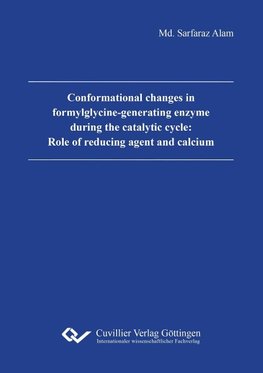
-
 Anglický jazyk
Anglický jazyk
Conformational changes in formylglycine-generating enzyme during the catalytic cycle: Role of reducing agent and calcium
Autor: Md Sarfaraz Alam
Formylglycine generation, a unique process necessary for the activation of sulfatases, is a cotranslational event conserved from pro- to eukaryotes and is defined by the modification of the cysteine residue in the CxPxR motif of largely unfolded sulfatase... Viac o knihe
Na objednávku, dodanie 2-4 týždne
29.52 €
bežná cena: 32.80 €
O knihe
Formylglycine generation, a unique process necessary for the activation of sulfatases, is a cotranslational event conserved from pro- to eukaryotes and is defined by the modification of the cysteine residue in the CxPxR motif of largely unfolded sulfatase polypeptides to Ca-formylglycine (FGly). This process is confined to the endoplasmic reticulum (ER) in eukaryotes and catalyzed by the formylglycine-generating enzyme (FGE), a resident protein of the ER. Mutations in FGE, that impair FGly generation, lead to production of inactive sulfatases that manifests into an inherited metabolic disorder termed multiple sulfatase deficiency (MSD) in humans. Although FGE has been proposed to function as a cofactor independent monooxygenase, the precise mechanism is not yet clear. In the present study, a baculovirus-based method for expression and purification of recombinant FGE from cultured insect cells was established and the recombinant FGE was characterized in more detail.
- Vydavateľstvo: Cuvillier
- Rok vydania: 2015
- Formát: Paperback
- Rozmer: 210 x 148 mm
- Jazyk: Anglický jazyk
- ISBN: 9783736991101












